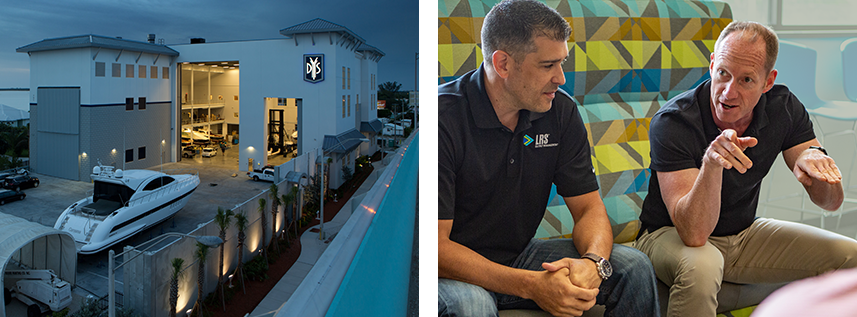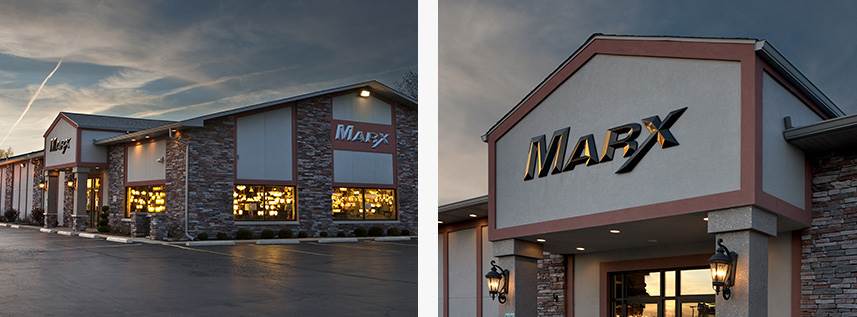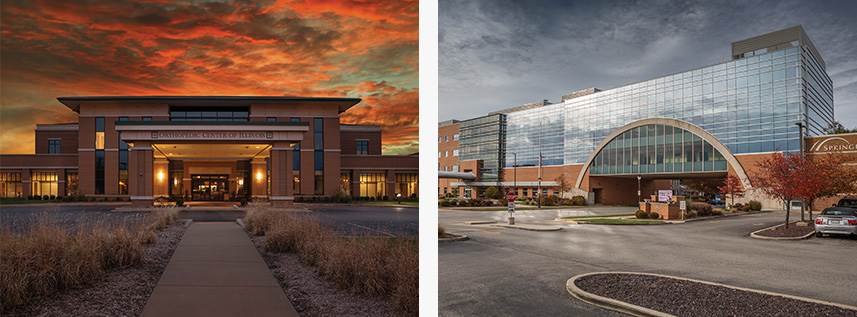
It’s National Photography Day!
This is the day when we honor photographers and the images they create. The best images truly tell a story; as the saying goes, one picture is worth a thousand words.
What’s that got to do with your website? Plenty!
We all know that a good website tells the story of a business or organization so potential customers can understand what you offer and why you’re the best option.
There was a time when a website might have a few photos or other images stuck here and there, but most websites today truly integrate imagery. Photos and words work together to deliver your best message to customers and prospects.
We’ve already discussed how to put the words together for your website, so now let’s concentrate on the photos.

Choose High-Quality Images
In one sense, making good use of photos is simple: Use high-quality images that tell your story and are optimized so they don’t impact your page’s loading time. The devil, as always, is in the details.
First, make sure you use your own photos. Don’t use stock photography just because it’s cheap and easy to obtain. ‘Cheap and easy to obtain’ is the reason you’ll see the same image on multiple websites. You want your website to stand out from the crowd.
Besides, stock photos can never really tell your story, can they? Be authentic, and you’ll build trust with your customers.
Cameras capable of producing high-quality images are more than affordable these days, so get one, or learn how to take great pictures using your cell phone’s camera.

Use the Right Format and File Size
Then, be aware of file formats and file sizes. JPG, PNG, and SVG are three of the more popular file formats, and we generally recommend JPG for images that are meant to be loaded quickly.
Whatever format you use, be aware that you probably need to optimize your photos. The goal of image optimization is to keep your page’s load time to a minimum. Optimization can be tricky, so check out our guide to optimizing images.

Make Images Accessible
As you put your words and photos together to create the most compelling message your website can deliver, don’t forget the Alt Text. Alt text is, as the name implies, text that’s an alternative to a photo or image that does two things:
- Describes the image for visually impaired visitors who are using a screen reader
- Improves your Search Engine Optimization so your website is easier to find.
If this is the first time you’ve heard about alt text, don’t worry. We have a Beginner’s Guide you can read to get a handle on the concept.

Invest in Professional Photography
There are just a couple more details to consider, but your head may already be spinning. So here’s a suggestion: Turn to a professional photographer with extensive website experience. It just so happens that we know a guy.
Our Senior Visual Communications Specialist, Tom Zoschke, has nearly two decades of experience shooting high-quality photos for our web clients. He knows all about file formats and sizes and compression and all that stuff, and he knows how to optimize and integrate your photos into an effective website.
You can find a gallery of Tom’s work right here.
And you can fill out the form at the bottom of that page to request all the assistance you may need with integrated great photos into your website. Make it pretty as a picture – that’s a great way to increase traffic to your site.